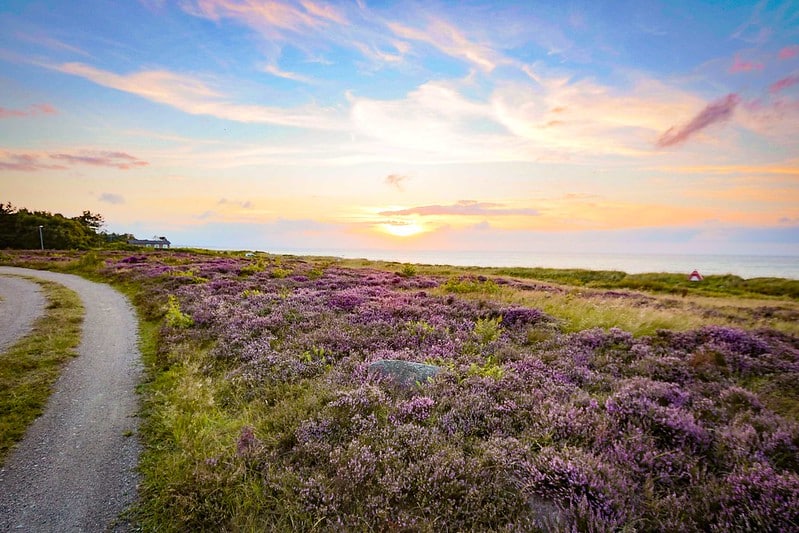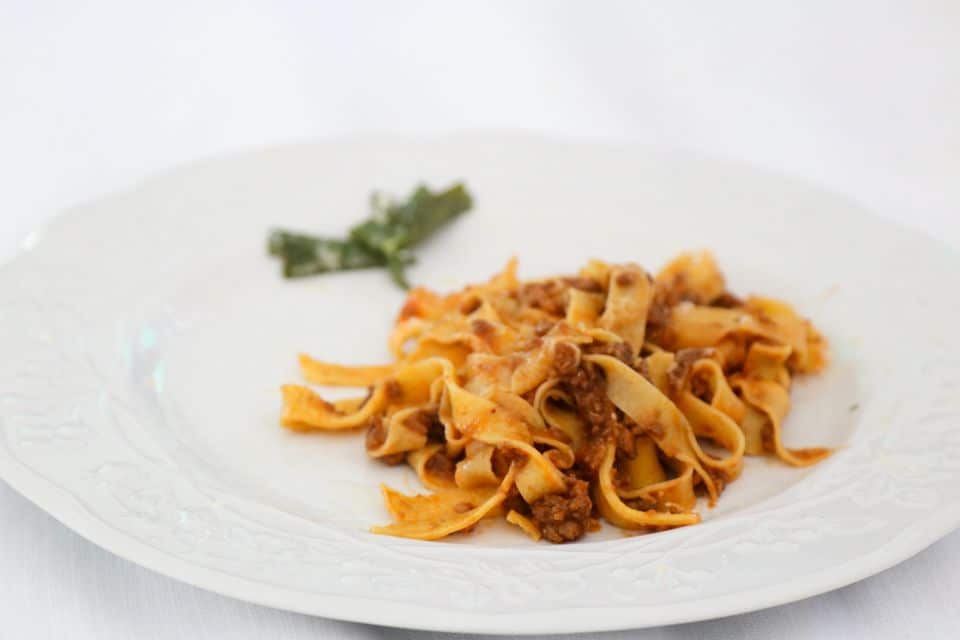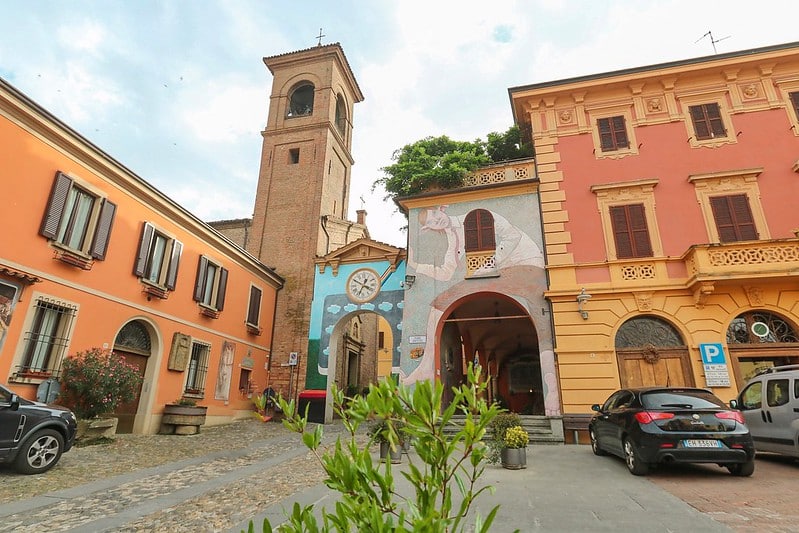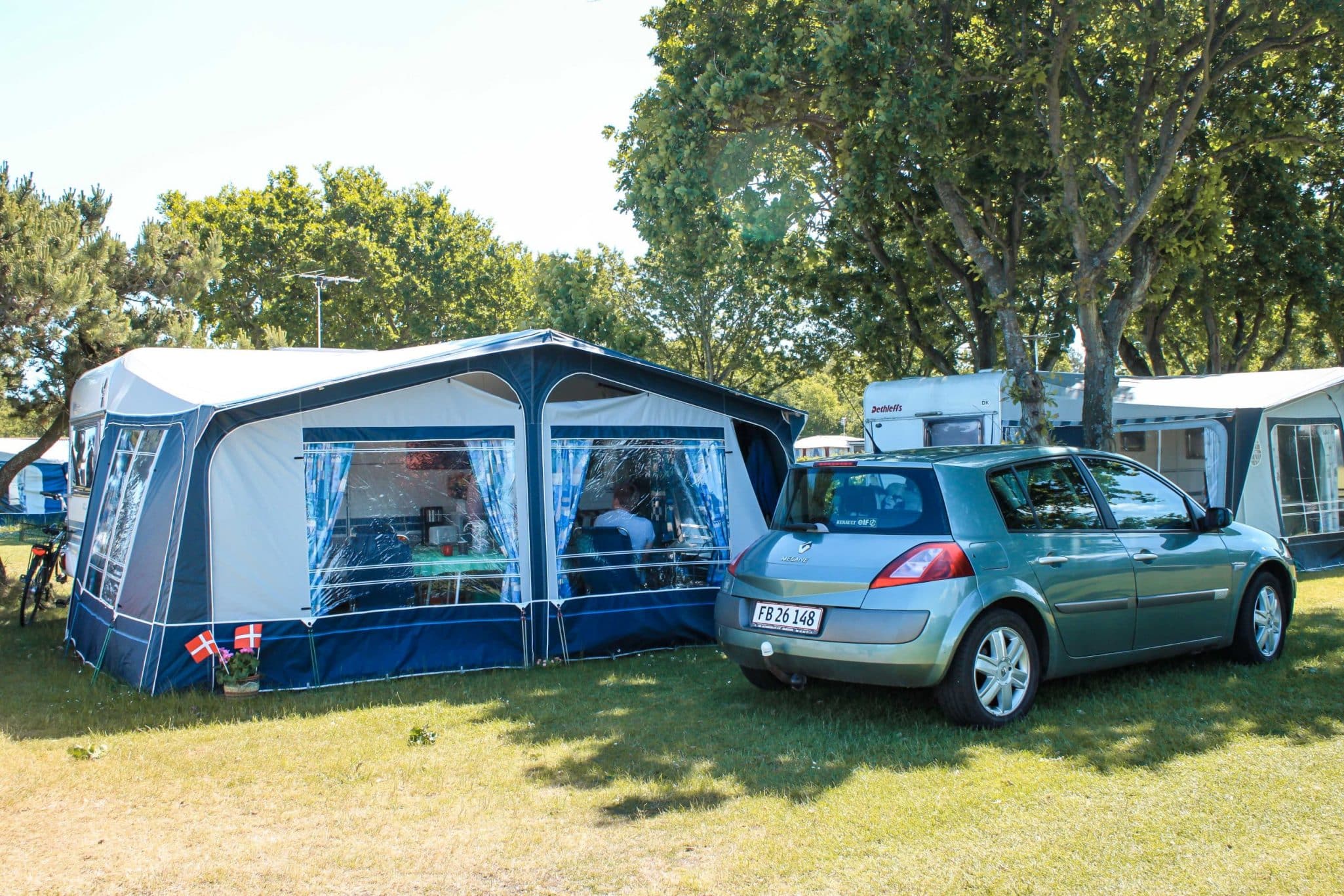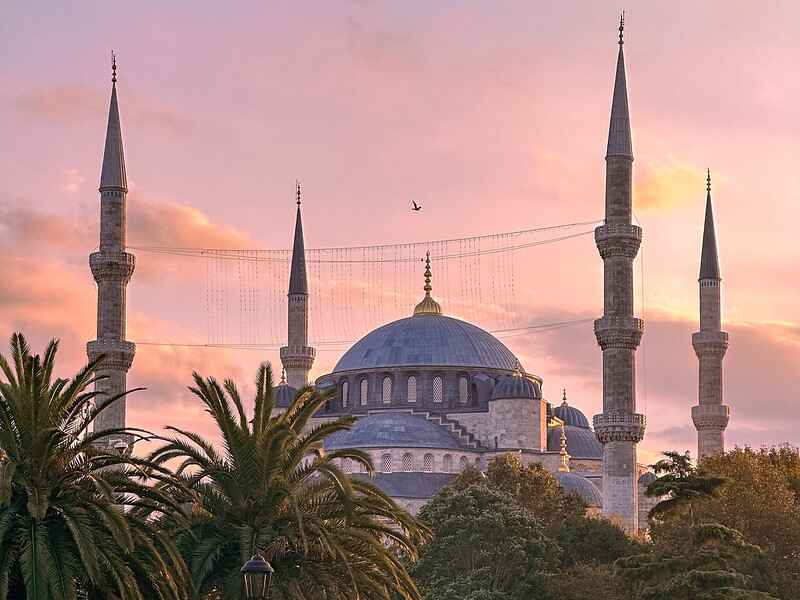17 most beautiful towns in Alsace you should visit
Looking for the most beautiful towns in Alsace?
This region in eastern France is packed with storybook villages, half-timbered houses, and vineyard landscapes. Highlights include Colmar, Riquewihr, Eguisheim, Kaysersberg, Ribeauvillé, and Obernai—plus many hidden gems worth exploring.
Plan your trip to Alsace
👩🏻 Best guided tours in Alsace
- Alsace 4 Wonders Small-Group Day Trip from Colmar (⭐️ 5/5)
- Medieval Villages & Castle from Strasbourg (⭐ 5/5)
- Alsace Wine Route with Tasting from Strasbourg (⭐ 4.5/5)
😴 Where to stay in Alsace
- Colmar: Relais & Châteaux La Maison Des Têtes (⭐9.1)
- Strasbourg: Hôtel LÉONOR (⭐9.3)
- Riquewihr: Maison Rebleuthof Sauna & Fitness (⭐9.5)
If you’ve ever wondered what a fairytale looks like in real life, I’ve got one word for you:
Alsace.
This is storybook country on the French-German border. Vineyards roll over the hills, storks perch on rooftops, and villages look so perfectly painted you almost doubt they’re real.
This guide gives you the best places to visit in Alsace.
While it includes Colmar, the top fairytale destination in France, it also includes some lesser-known places in Alsace such as Rosheim.
This post contains referral links for products I love. Adventurous Miriam earns a small commission at no extra cost to you if you purchase through my links. I appreciate your support ♡ Learn more
The top 5 most beautiful towns in Alsace
If you’re short on time and wondering which villages to prioritise, here are five that really capture the heart of Alsace:
- Colmar – The larger “Little Venice” of Alsace, with canals, museums, and colourful façades that glow in every season.
- Eguisheim – Famous for its spiral lanes and flower-draped houses, often voted the most beautiful village in France.
- Riquewihr – A perfectly preserved medieval wine village, still wrapped in its walls and surrounded by vineyards.
- Bergheim – Quieter than its neighbours, with intact ramparts and pastel-painted houses that give it an authentic charm.
- Kaysersberg – Castle ruins and a river slicing through town make it dramatic and romantic all at once.
- Ribeauvillé – Known for its three hilltop castles and lively main street, it’s a place where wine, history, and views all meet.
Getting around Alsace
The best way to explore Alsace is at your own pace — and that usually means renting a car. Driving between villages is easy, and distances are short: most towns are only 10–20 minutes apart. Parking is usually outside the old centres, so be ready to walk in through gates or small streets.
If you’d rather not drive, there are some excellent tours from Strasbourg and Colmar. The Medieval Villages & Castle Small Group from Strasbourg hits several highlights without the hassle, while the Half-Day Wine and Villages Tour from Colmar is perfect if you want to sample a few villages and local wines in one go.
That said, nothing beats the freedom of pulling into a quiet village, finding a café, and watching the world go by. If you can, drive.
About the Alsace Wine Route
The Alsace Wine Route is the heart of the region. It runs from Marlenheim in the north down to Thann in the south, weaving through more than 70 villages and endless rows of vines.
Following it feels less like a road trip and more like a gentle thread pulling you from one fairytale town to the next. Along the way you can taste Rieslings and Gewürztraminers in family-run cellars, wander cobbled streets framed by timbered houses, and watch how the vineyards change with the light.
Officially established in 1953, it still feels timeless — a journey that gives you the landscapes, the flavors, and the soul of Alsace all in one.
17 best villages in Alsace
1. Riquewihr – medieval charm among vineyards
Riquewihr is the Alsace village that looks like it leapt straight out of Beauty and the Beast. It’s encircled by vineyards, walled with medieval ramparts, and still has towers and gates that make you feel like you’re stepping back five centuries.
It does get busy — Riquewihr is firmly on the tourist map — but go early or in the evening, and you’ll find it quieter and even more atmospheric. The vineyards climb right up behind the walls, and a short walk uphill gives you a view of tiled rooftops melting into rows of vines.

2. Eguisheim – the perfect fairytale circle village
Eguisheim is smaller than Riquewihr, but it might just be even more magical. Its streets are built in concentric circles, curling out from the main square like a snail shell, and almost every house is covered in flowers.
Window boxes spill geraniums in summer, making the entire village look like it’s competing in a flower contest — which, in fact, it often wins.
It’s an easy place to explore in an hour or two, but it rewards slowing down. Wander, stop for a glass of Crémant, and notice how the colours shift as the light changes on the timber frames. When the day-trippers leave, Eguisheim becomes a peaceful little cocoon.

3. Kaysersberg – riverside beauty with a castle view
Kaysersberg is dramatic in a way that many Alsace villages aren’t. The River Weiss runs through its centre, crossed by a 16th-century bridge, while the ruins of a castle loom above on the hillside. Timbered houses line the riverbanks, and steep vineyards climb behind the town.
It’s no wonder Kaysersberg is often named one of the most beautiful villages in France. Beyond its looks, it has history too: this was the hometown of Nobel Peace Prize winner Albert Schweitzer. Climb up to the castle ruins for sweeping views, then reward yourself with a glass of Pinot Gris in town.

4. Rosheim – Romanesque treasures and quiet streets
Rosheim flies under the radar compared to its neighbours, but that’s part of the appeal.
This is one of the oldest towns in Alsace, and its 12th-century Church of Saints Peter and Paul is a masterpiece of Romanesque architecture. You won’t find flashy flower displays or as many souvenir shops here; instead, Rosheim feels quietly historical, like it’s carrying its age with grace.
If you want a break from the busier villages, Rosheim is the place to breathe a little deeper and enjoy Alsace without the crowds.

5. Bergheim – walled town with flower-filled lanes
Bergheim is one of the rare Alsace villages where the medieval walls are still almost completely intact.
Walk along the ramparts, and you’ll pass watchtowers, gates, and pastel-painted houses that feel untouched by time. Inside the walls, Bergheim is peaceful, dotted with little courtyards and family-run wineries.
Because it’s less famous than Riquewihr or Eguisheim, Bergheim often feels more authentic. You’ll see locals sitting outside in the evening with a glass of Gewürztraminer.

6. Obernai – Alsace in miniature
Obernai is a proper small town rather than just a village, and it hums with life. Its central square, Place du Marché, is lined with colourful half-timbered houses, and there’s usually something happening — a market, a fair, or just plenty of people enjoying the cafés.
Obernai makes a great base if you want to combine village-hopping with hiking, since it sits at the foot of Mont Sainte-Odile. You can spend a morning exploring town, then head up into the Vosges mountains for views over the Rhine plain.

7. Ribeauvillé – music, wine, and history
Ribeauvillé is a wine town with a twist.
It’s known for its musical heritage — minstrels once performed here in the Middle Ages — and its three castle ruins that overlook the town. You can hike between the castles, each one offering views that stretch across the vineyards.
The main street is lively, lined with shops and wine taverns, but the best part of Ribeauvillé is that mix of culture and landscape. Few villages let you pair a castle hike with a wine tasting quite so easily.

8. Sélestat – culture and a stunning humanist library
Sélestat doesn’t have the fairytale prettiness of Eguisheim or Riquewihr, but it has cultural weight. This is where you come to dig into Alsace’s history.
The Humanist Library is a UNESCO Memory of the World site, preserving manuscripts that bridge the medieval and modern worlds. St George’s Church is a Gothic beauty, and there are Renaissance townhouses sprinkled through the old centre.
If you want more than just pretty façades, Sélestat is where Alsace deepens.

9. Strasbourg – canals, cathedral, and cosmopolitan flair
Strasbourg is the capital of Alsace and the region’s cultural heart. Its cathedral is a Gothic masterpiece, so tall you can see it from the surrounding plains, and climbing the tower gives you views all the way to the Black Forest in Germany.
The Petite France neighborhood is where canals weave between half-timbered houses, and cafés spill out onto cobbled squares.
Strasbourg also has a modern side: the European Parliament is based here, and the Neustadt district shows off 19th-century grandeur. It’s a city that manages to be both international and intimate at once.
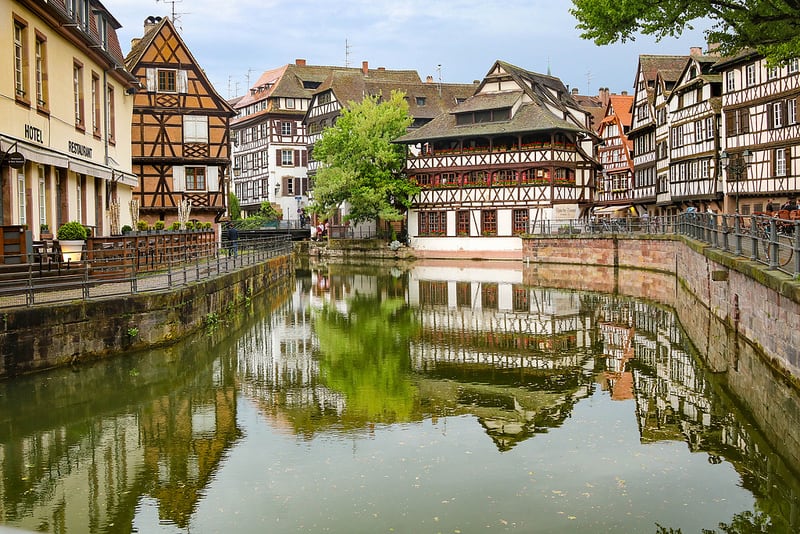
10. Colmar – colorful houses and little Venice
Colmar is often called “Little Venice” thanks to the canals threading through its old town, and it’s every bit as picturesque as the photos suggest.
But there’s more here than colorful houses. Colmar has museums worth traveling for, especially the Unterlinden Museum, which houses the Isenheim Altarpiece — one of Europe’s great works of art.
Walking Colmar’s old streets is a joy, especially early in the morning before the crowds arrive. End the day in a winstub, Alsace’s answer to a cosy tavern, with a plate of tarte flambée and a glass of Riesling.
Read next: 12 best things to do in Colmar in winter
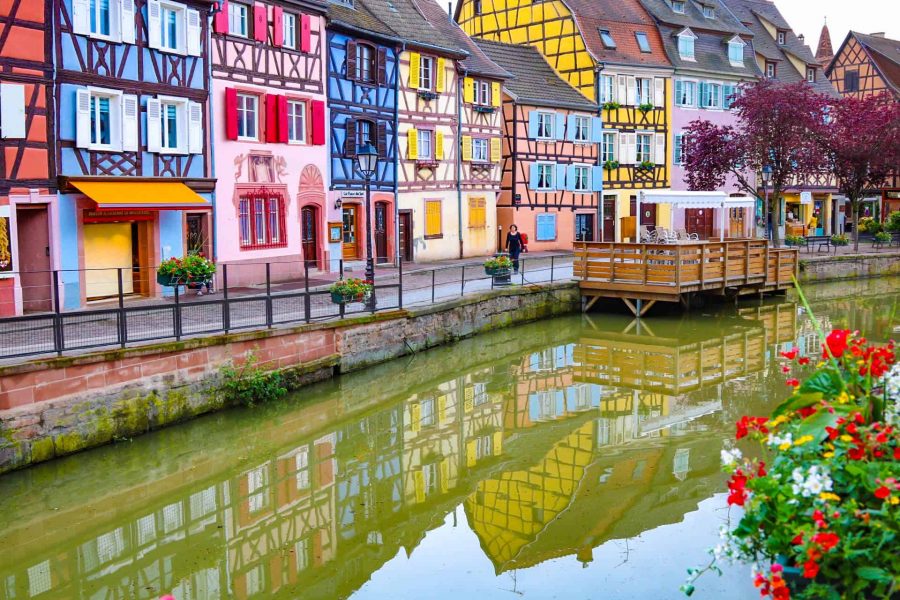
11. Dambach-la-Ville – vineyards and medieval fortifications
Dambach-la-Ville is all about wine.
It’s surrounded by vineyards and is home to one of Alsace’s prestigious Grand Cru appellations. The village itself is walled, with towers and gates still standing, but it feels more rustic than polished.
If you want to connect with Alsace through its vineyards rather than its picture-perfect façades, Dambach-la-Ville is the place to do it.

12. Mittelbergheim – authentic winegrowing heritage
Mittelbergheim has been named one of the “Most Beautiful Villages of France,” but it has a different look compared to its timber-framed neighbours.
Many of the houses here are built in pale stone, giving the village a calmer, understated elegance.
It’s especially known for Sylvaner wine, and almost every corner leads you to a cellar door. Come here to slow down, taste, and enjoy Alsace at its most rustic.

13. Turckheim – storks, wine, and tradition
Turckheim has three medieval gates that still stand guard at the edges of town, and in summer, you can follow the night watchman as he does his traditional round with a lantern — a tradition kept alive for visitors and locals alike.
The village itself is peaceful, lined with charming houses and surrounded by vineyards. It’s not as busy as Riquewihr or Eguisheim, which makes it a lovely spot to catch your breath.

14. Hunawihr – church on a hill, surrounded by vineyards
Hunawihr is tiny, but it packs a lot into its size. Its fortified church perches above the village, framed by vineyards, and the whole scene looks like something from a painting.
This is also where you’ll find a stork reintroduction centre — Alsace’s symbol — so don’t be surprised if you see these birds circling overhead.
It’s a village that feels timeless, and worth a short stop when you’re looking for the most beautiful towns in Alsace.

15. Scherwiller – gateway to the Alsace Wine Route
Scherwiller sits at the foot of the Vosges mountains and is often called the “capital of Riesling.”
Vineyards completely surround the village, stretching out toward two ruined castles — Ortenberg and Ramstein — that guard the valley. Walking through Scherwiller feels more agricultural than polished; you’re constantly aware of the vines and the land that sustains them.
The main street is lined with winemakers’ houses, many of which still have wrought-iron signs swinging above their doors. If you’re interested in tasting wine at the source without the heavy crowds, this is one of the most rewarding stops in Alsace.

16. Barr – lively wine town with historic squares
Barr has a very different feel. It’s bigger than Scherwiller, with a lively atmosphere and a reputation for being the wine capital of Bas-Rhin, the northern half of Alsace.
The town’s heart is its Renaissance-style town hall, one of the prettiest in the region, which anchors the main square.
Barr is also known for its festivals — from wine fairs to cultural events — which make it an especially fun place to visit in summer or autumn. Wander the side streets and you’ll find brightly painted timbered houses, courtyards hidden behind wooden gates, and plenty of places to sit down with a glass of Pinot Noir, which is a specialty here.

17. Niedermorschwihr – small, quiet, and postcard-pretty
Tiny but unforgettable, Niedermorschwihr clings to a hillside just outside Colmar. The village is best known for its unusual church spire, which twists slightly as it rises — a rare architectural quirk that has made it something of a landmark.
Surrounding the village are vineyards producing some of Alsace’s finest Grand Cru wines, including the celebrated Sommerberg. This is the kind of place where life moves slowly: you’ll see winemakers at work, locals chatting outside their doors, and golden evening light spilling over the hills.
Stop here if you want to experience a side of Alsace that feels intimate, rooted in tradition, and quietly beautiful.

FAQ
What is the most beautiful town in Alsace?
Colmar is often considered the most beautiful thanks to its canals, colorful houses, and vibrant old town.
Which towns in Alsace are best for wine lovers?
Riquewihr, Ribeauvillé, and Eguisheim are famous wine towns along the Alsace Wine Route.
How many days do you need to see the most beautiful towns in Alsace?
Two to three days are enough for highlights, but four to five days let you explore the smaller villages at a relaxed pace.

